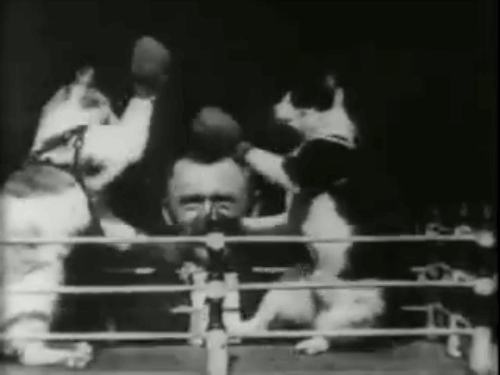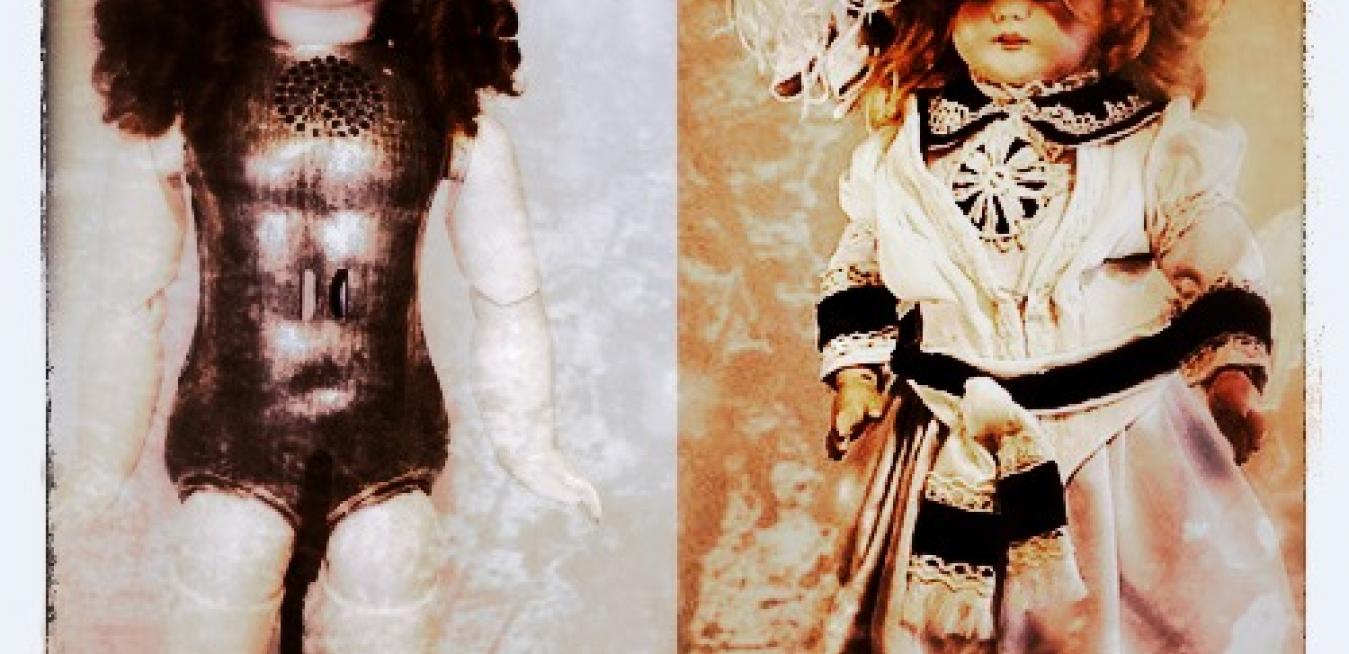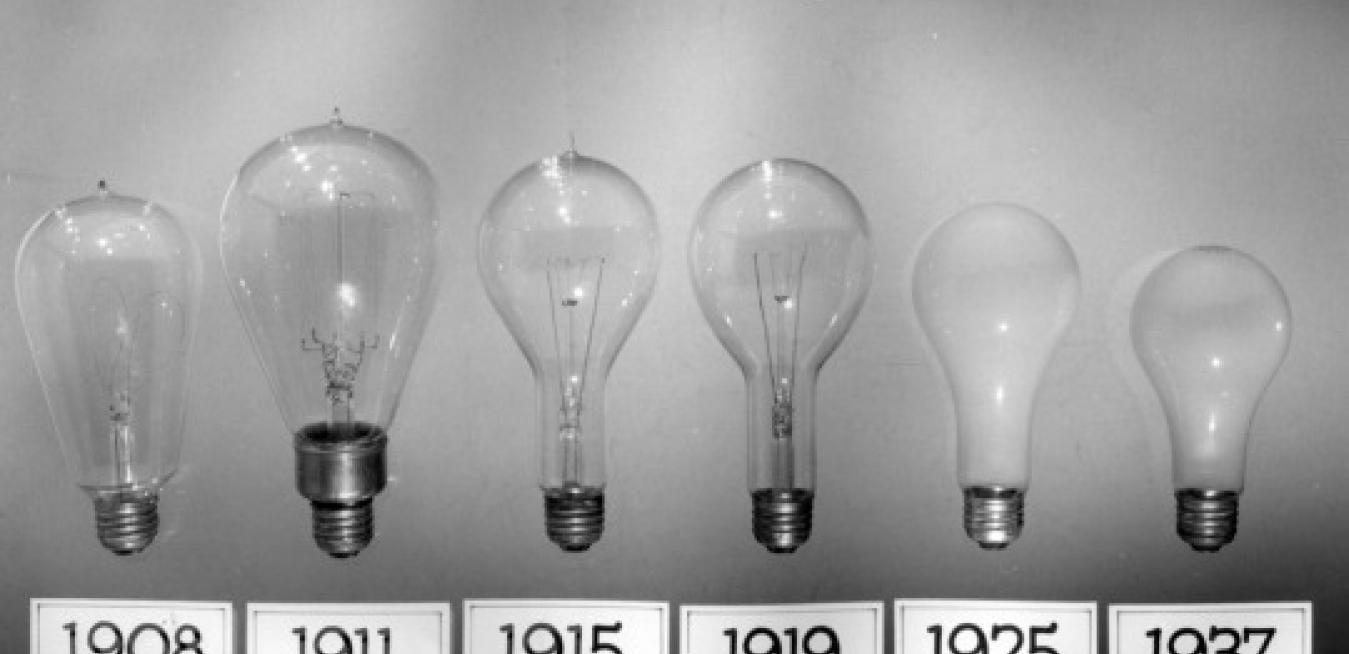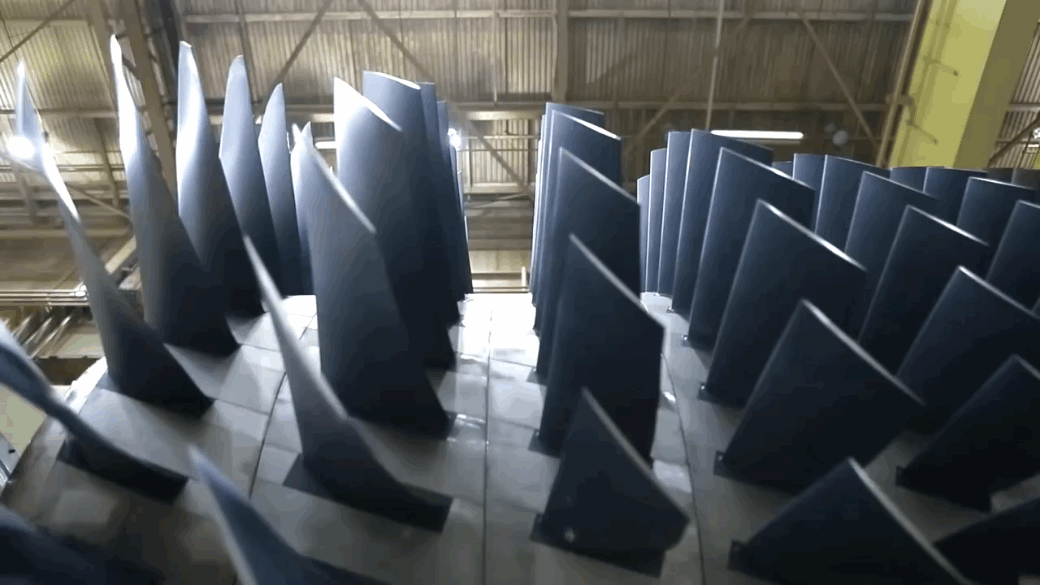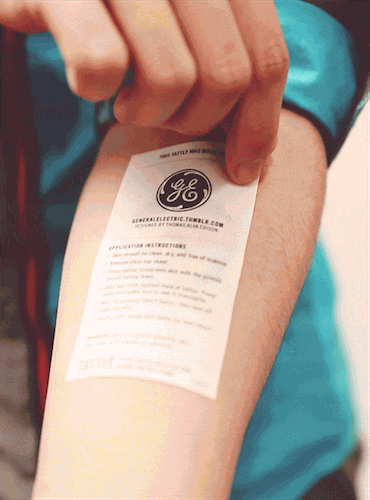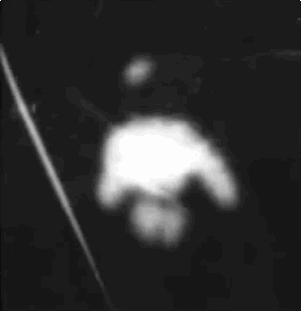The wooden box didn’t look like much. Inside was a complicated mechanism that used a sprocket powered by an electric motor to pull the perforated edge of unexposed celluloid film, which had just been invented by George Eastman. The film moved in front of a lens at a speed of 46 frames per second.
In 1877, Edison made the first recording device that could play back sound, and from there it was just a short leap of imagination to the “talking doll.” The doll, which held inside its tin body a miniature phonograph, gave owners the option to listen to popular nursery rhymes. Unfortunately, the recordings also produced copious amounts of spooky crackling and hissing sounds. Even Edison called the dolls “little monsters.”
“Legislation phased out the incandescent light bulb last year, and its replacement, the compact fluorescent lamp, or CFL, has its days numbered,” says Tom Boyle, chief innovation manager for consumer light at GE Lighting. “Efficient LEDs are the next big thing and there’s no reason for them to be shaped like the lamps they replaced.”
More and more companies are using waste products for power generation, thanks to the growth of distributed power.
Thomas Edison received 1,093 patents during his lifetime for inventions that include the light bulb, the power plant, the modern cement kiln and the first movie camera. He even came up with the tattoo machine.
In 1876, Thomas Edison patented an electric pen designed to relieve clerks of the drudgery of duplicating documents. It had a sharp vibrating needle that users dragged along lines of text written on a sheet of paper.
“Monkeyshines” is very likely the first film shot in the United States. Movie pioneers William Heise and William K. L. Dickson made it for Edison Labs in 1889 or 1890.
